When Larry Page and Sergey Brin first launched the Google search engine in January of 1996, no one, including the creators, realized the gold mine that they had just designed. By May 2011, Google had surpassed 1 billion unique visitors per month and had expanded to much more than just a search engine. Now with Google+, Gmail, Maps, Drive, Chrome, Shopping, News, YouTube and perhaps a self-operating automobile in the near future, Google has revolutionized the internet and, whether we like it or not, our lives as well.
Despite of the impact that Google has had on both our professional and personal lives, operating and understanding their advertising system can be a frustrating and tiresome process. As a Customer Success Specialist here at WordStream I get all sorts of questions; however the most frequent questions almost always concern Google’s Quality Score.
In case you’re not familiar with Quality Score here’s a quick summary. In every Google Ads (formerly known as AdWords) account Google assigns a Quality Score to your keywords, ad groups, campaigns, site links, and ads. This number (1-10) is based on a number of different metrics including (but not limited to) click-through rate, quality of your landing page, keyword/ad relevance, keyword/search relevance, geographic performance, ad’s performance on a site, and your targeted devices.
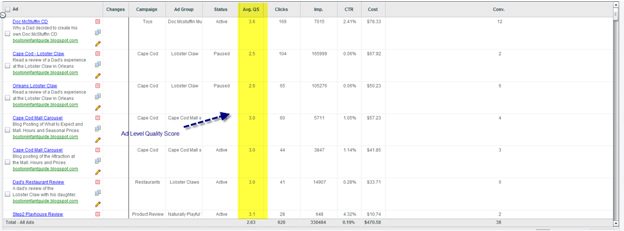
While Google assigns a Quality Score to a number of areas in your account, some of the most vital are your keyword Quality Scores. Now, there are a number of reasons why you may have a low keyword Quality Score; in this blog post I will highlight three. However it’s important to first understand that Quality Score (whether at the keyword level or elsewhere) is industry dependent. Therefore, accounts that advertise in fields like insurance, software technology, loans, and mortgages tend to have lower Quality Scores because there is more competition. Yet if you eliminate the competitiveness of the field from the equation, Quality Score is calculated in the same way for all advertisers. Here are the three mains reasons why you may have a low KEYWORD Quality Score:
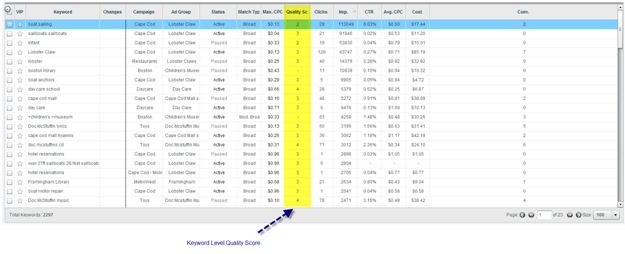
Reason #1: Your CTR stinks.
The main determinant in a good Quality Score is a high click-through rate. A high CTR for a particular keyword means that users are clicking on your ad when their search query matches with one of your keywords. If you have a low CTR there’s a good chance that Google is going to give you a bad Quality Score, which can end up costing you money in the long run.
Here are some posts to help improve your keyword CTR:
- Ten Ways to Improve Your AdWords Click-Through Rate (CTR)
- How to Write PPC Ads with High CTR: BoostCTR Interview
Reason #2: Lack of Relevancy and Cohesion
Many advertisers get horrible keyword quality scores because their campaigns and ad groups are unorganized. Make sure that you keep your ad groups to about 15-25 (you can do less!) related keywords advertising for one specific item. For example, if you sell pens, don’t have an ad group with both “blue pens” and “red pens.” Split these out!
The advantage of splitting out this ad groups is that it allows you to put your high-volume keywords in your ads and on your landing page. For example, if you sell bathroom mirrors we strongly advise that you have the keyword “Bathroom Mirrors” in the title of your ad and in the headline of your landing page.
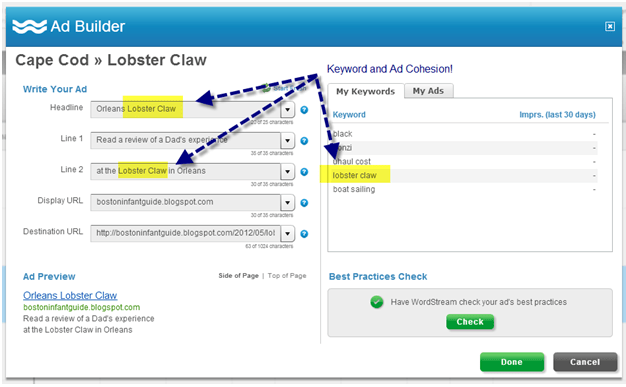
In addition, it’s always a good idea to use dynamic keyword insertion whenever you can,
Reason #3: Short Tail = Quality Score Fail
If you use all short-tail keywords like “red pens” it’s pretty likely that your overall CTR is low (less than 2%). Adding long-tail keywords like “red metal office pens” is a great way to boost both CTR and conversions.
Here’s a trick that I use for finding good long tail keywords: Monitor your search query report. Using WordStream’s QueryStream feature (or Google’s Search Query Report) you can sort your search queries by conversion. By doing this you will find exactly what the user typed into Google.com which then led to a conversion on your website.
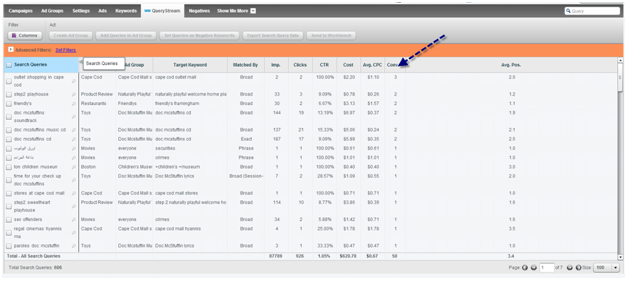
If these queries are longer keywords that you are not currently bidding on, we highly recommend that you add them to your account on either phrase or exact match.
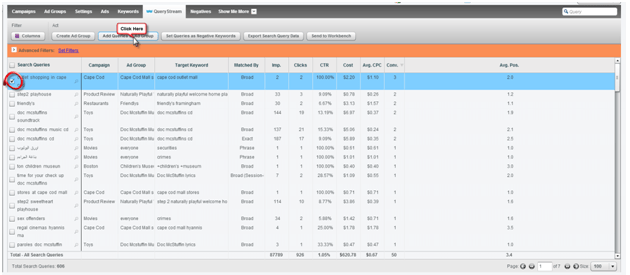
Since these keywords have already converted for you there is a higher chance that they will convert for you again the next time someone searches for that query. By bidding on them you may obtain an advantage over your competition, because you can dictate what the market value of that keyword is going to be. In addition, it gives you the opportunity to monitor your ad’s average position for that query so you may ensure it always shows in the top spot.

Lastly, if your keyword level average position is above 4.0 the chances that you attract the type of traffic from Google Ads that you would like are much higher. Often times it’s just a matter of raising the keyword’s Max. CPC bid.

You can use Google’s Bid Simulator tool to get a better idea of how you should be bidding on your keyword.
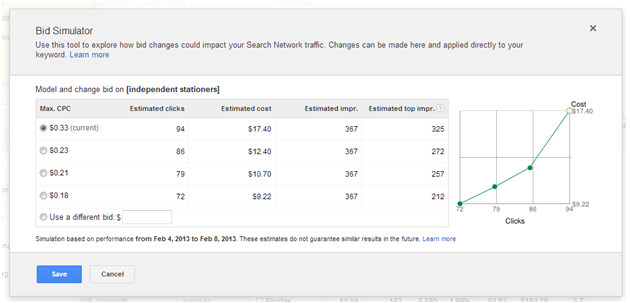
Don’t be afraid to bid aggressively. Remember, your keywords are only going to cost you as much as your ad group daily budget so go after it if you feel like you have a really good keyword.
If you have any questions about this blog please let me know in the comments. Good luck!
Originally from Needham, MA, Drew Roy graduated with a degree in English from Gettysburg College in May 2012. Prior to that he managed a PPC account for The Pulse Network and helped facilitate the digital marketing for The Inbound Marketing Summit. Drew joined WordStream in June of 2012 as a Customer Success Specialist but has since transitioned to his current position as a Quality Assurance Associate. While most of his day involves testing the software he still maintains relationships with a number of clients in order to keep his PPC knowledge fresh and up-to-date.

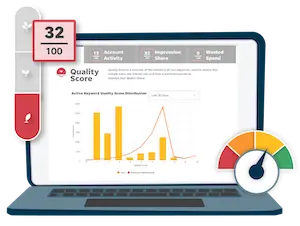







Comments
Please read our Comment Policy before commenting.